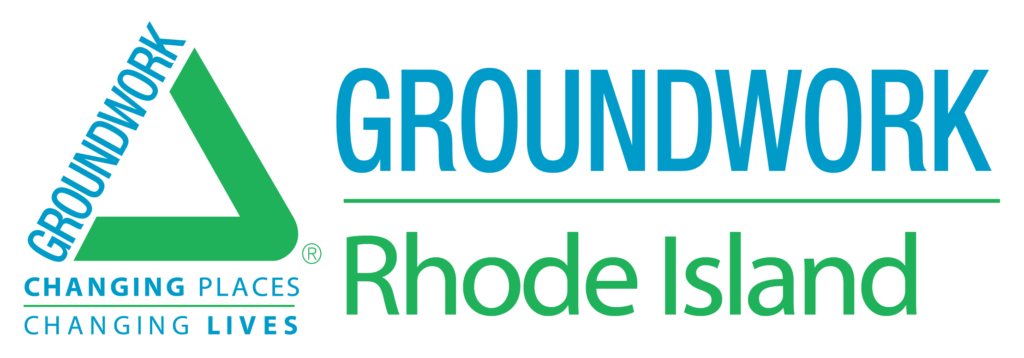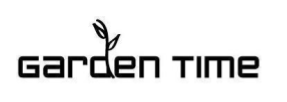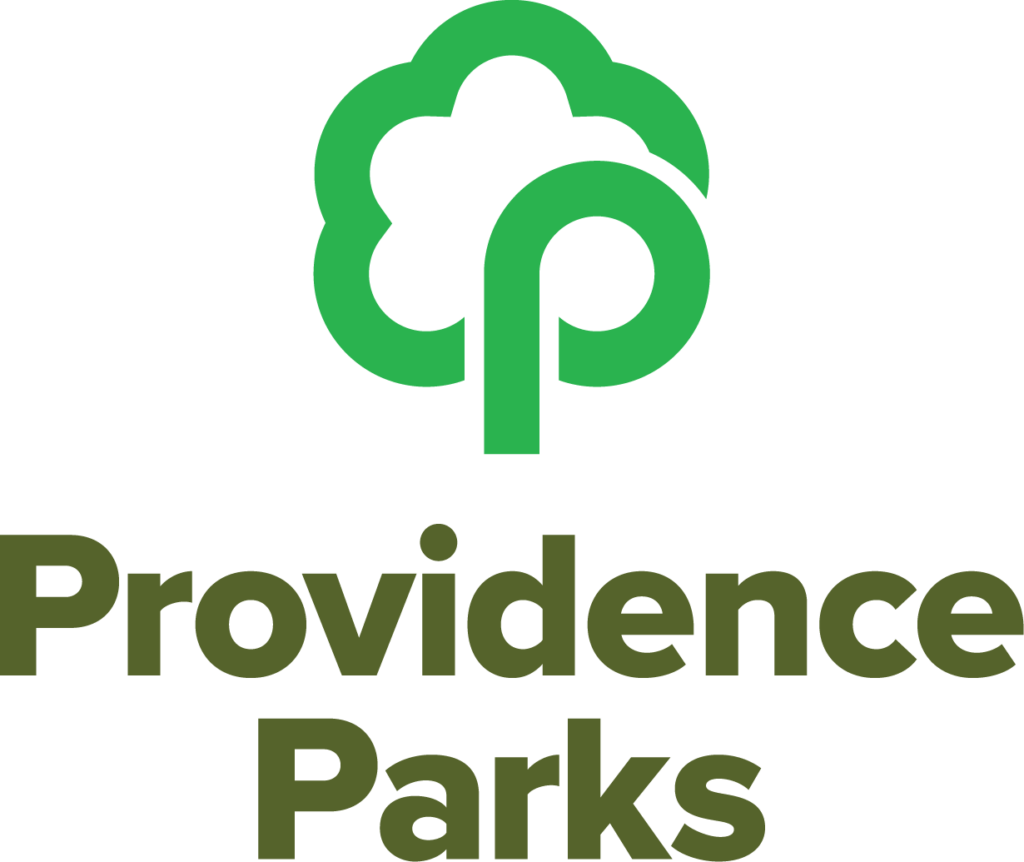
OUR STEWARDSHIP ECOSYSTEM
Just as our urban forest is an interconnected network, it takes an interconnected network of many, many individuals and organizations to care for it, so that everyone in Providence can enjoy the benefits of trees where they live, work, and play! These are just a few of the key players in that network, and the roles they play in caring for our urban forest.

Community Urban Forestry Practitioners
The Providence Neighborhood Planting Program (PNPP) has partnered with residents and the Forestry Division to plant and steward street trees throughout the city since 1989. PNPP organizes Neighborhood Street Tree Plantings across the city every spring and fall, which brings free trees to sidewalks and community spaces (including schools, parks, and rec centers), focusing on low-canopy areas.
Other community organizations, including Groundwork RI, Garden Time, and the Woonasquatucket River Watershed Council, also perform essential tree planting and maintenance activities across the city!
Providence’s City Forestry Division, led by the City Forester, is housed within the Parks Department. The Forestry Division is responsible for managing all of the trees on public lands in the city—on sidewalks, in parks, and on city-owned properties like public schools—for the benefit of the city.
Pruning of mature public trees takes place through the Forestry Division’s Block Pruning program. The program runs on a 10-year cycle, pruning 10% of trees in each of the 15 City Council Districts each year.
Through Providence 311, residents can contact the Forestry Division to request a tree or stump removal, fallen branch pick-up, risk assessment, or other tree services for public trees.
In addition to the Forestry Division and Parks Department, other arms of the City also play a role in keeping our urban forest healthy! Planning and Inspection & Standards help protect existing tree canopy through city ordinances. Public Works helps design and maintain infrastructure—like sidewalks and stormwater systems—that coexist in harmony with trees, and Sustainability helps advocate for green infrastructure and environmental justice. City Councilors can also help fund tree planting and maintenance in their wards!
Education and Training Groups
Many organizations across Providence (and statewide!) offer both free and paid opportunities for community members to learn about urban forestry or build tree care skills. For example:
- Providence Neighborhood Planting Program: Providence Community Tree Keepers (free training and certification to prune and maintain young street trees)
- Groundwork RI: Youth Green Team (6-week education and community service programs for high schoolers), Adult Job Training, GroundCorp and Storm Crew (for adult job training graduates)
- Woonasquatucket River Watershed Council: youth River Rangers and Nuevas Voces
- Building Futures RI: Building Green Futures (5-week apprenticeship readiness program for young adults, 18-24)
- RI Tree Council: Tree Steward and backyard fruit tree courses
- RINLA / Growing Futures RI: Career Catalyst Pre-Apprenticeship Training
- Garden Time: Green Reentry program for recently incarcerated job seekers and Canopy Crew (for select Green Reentry graduates)
- 15 Minute Field Trips: Be a Tree (field trip and workshop options for students)
- Urban Wildlife Conservation Partnership
Private Tree Care Companies
Private tree care companies are contracted by the city, utility companies, and private (residential, commercial, and institutional) landowners to perform tree services throughout the city, including planting, pruning, treatment, and removal. Check out our Resources page for a list of a few recommended providers!
Utility Companies
Utility companies like Rhode Island Energy, Verizon, and Comcast have a protected right to prune or remove trees within a certain distance of utility infrastructure, including overhead electrical and cable wires. This applies to both public and private trees.
Connected Movements
Tree equity intersects with many issues that affect the wellbeing of our communities: public health, energy burden & utility justice, climate mitigation & adaptation, air & water quality, anti-displacement & housing security, economic opportunity & community wealth building, cultural expression & creative placemaking, green & safe transit systems, food sovereignty & security…the list goes on. A healthy urban forest relies on people and organizations advocating for change—and recognizing the value of trees—across all of these movements. Groups like Health Equity Zones and neighborhood associations might not have “trees” in their titles, but they’re essential parts of our urban forest network!
And You!
It’s up to all of us to love and care for our tree neighbors, so that we can thrive together! Whether you’re a homeowner or renter, policy maker or business owner, student or elder, you can play a role in growing a greener city.







